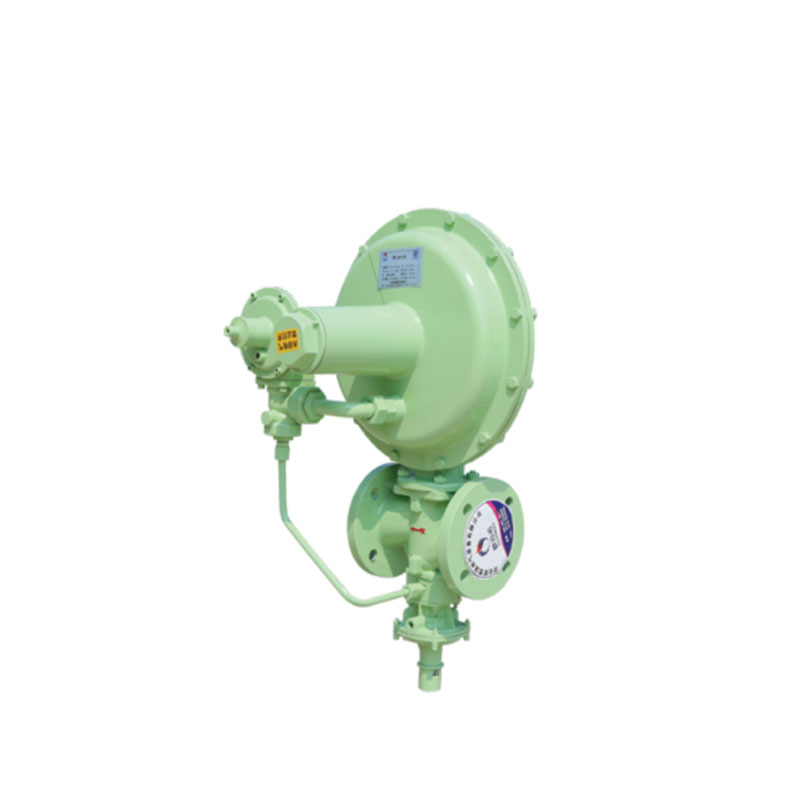
Oct . 30, 2024 21:57
Back to list
natural gas pressure reducing station
Natural Gas Pressure Reducing Stations An Overview
Natural gas is one of the most significant energy sources in the modern world, supplying homes, businesses, and industries with a reliable and efficient source of power. However, natural gas must be transported from extraction points to end-users through extensive pipeline networks, and the pressure at which it is transported often exceeds the safe levels required for consumption. This is where natural gas pressure reducing stations play a crucial role.
A natural gas pressure reducing station (PRDS) is an essential facility in the gas distribution network. Its primary purpose is to decrease the high-pressure gas from transmission pipelines to a lower pressure that is suitable for distribution to consumers. This process is vital for ensuring both the safety and efficiency of natural gas use.
The operation of a pressure reducing station involves several components. The most critical of these is the pressure regulator, which controls the gas flow and pressure. The regulator typically consists of a diaphragm that responds to changes in downstream pressure and adjusts the flow accordingly. When the pressure in the pipeline exceeds a predetermined level, the regulator opens to allow more gas to flow, thereby maintaining a consistent, lower output pressure.
In addition to regulators, a typical PRDS may also include filters, heaters, and safety devices. Filters are used to remove contaminants from the gas, which can protect downstream equipment from damage. Heaters may be employed to prevent condensation in the pipeline, particularly in colder climates, as water vapor within the gas can freeze and obstruct flow. Safety devices, including pressure relief valves, are installed to prevent over-pressurization, which could lead to catastrophic failures.
natural gas pressure reducing station

The significance of pressure reducing stations cannot be understated. They not only ensure the proper functioning of the gas distribution system but also play a crucial role in maintaining safety. Over-pressurization can lead to pipeline failure, posing serious risks to both public safety and the environment. Regular maintenance and monitoring of PRDS are, therefore, essential to prevent failures and ensure compliance with safety regulations.
Implementing new technologies in pressure reducing stations enhances their efficiency and safety. For instance, digital monitoring systems can provide real-time data on gas pressure, flow rates, and overall system health. Advanced algorithms can analyze this data to optimize performance, predict potential issues, and facilitate proactive maintenance.
Moreover, as the world transitions towards more sustainable energy systems, pressure reducing stations may also integrate with renewable energy sources. This could involve managing biogas or hydrogen blends, which require adaptations in pressure management techniques to ensure compatibility with existing infrastructure.
In conclusion, natural gas pressure reducing stations are integral to the effective distribution of this vital energy resource. They ensure that natural gas is delivered at safe and usable pressures, protecting both infrastructure and consumers. As technological advancements continue to evolve, these stations will play a pivotal role in the future of energy delivery, balancing efficiency, safety, and emerging energy sources. Understanding their function and importance is essential for anyone interested in energy systems and infrastructure.
Next:
Latest news
-
Safety Valve Spring-Loaded Design Overpressure ProtectionNewsJul.25,2025
-
Precision Voltage Regulator AC5 Accuracy Grade PerformanceNewsJul.25,2025
-
Natural Gas Pressure Regulating Skid Industrial Pipeline ApplicationsNewsJul.25,2025
-
Natural Gas Filter Stainless Steel Mesh Element DesignNewsJul.25,2025
-
Gas Pressure Regulator Valve Direct-Acting Spring-Loaded DesignNewsJul.25,2025
-
Decompression Equipment Multi-Stage Heat Exchange System DesignNewsJul.25,2025

